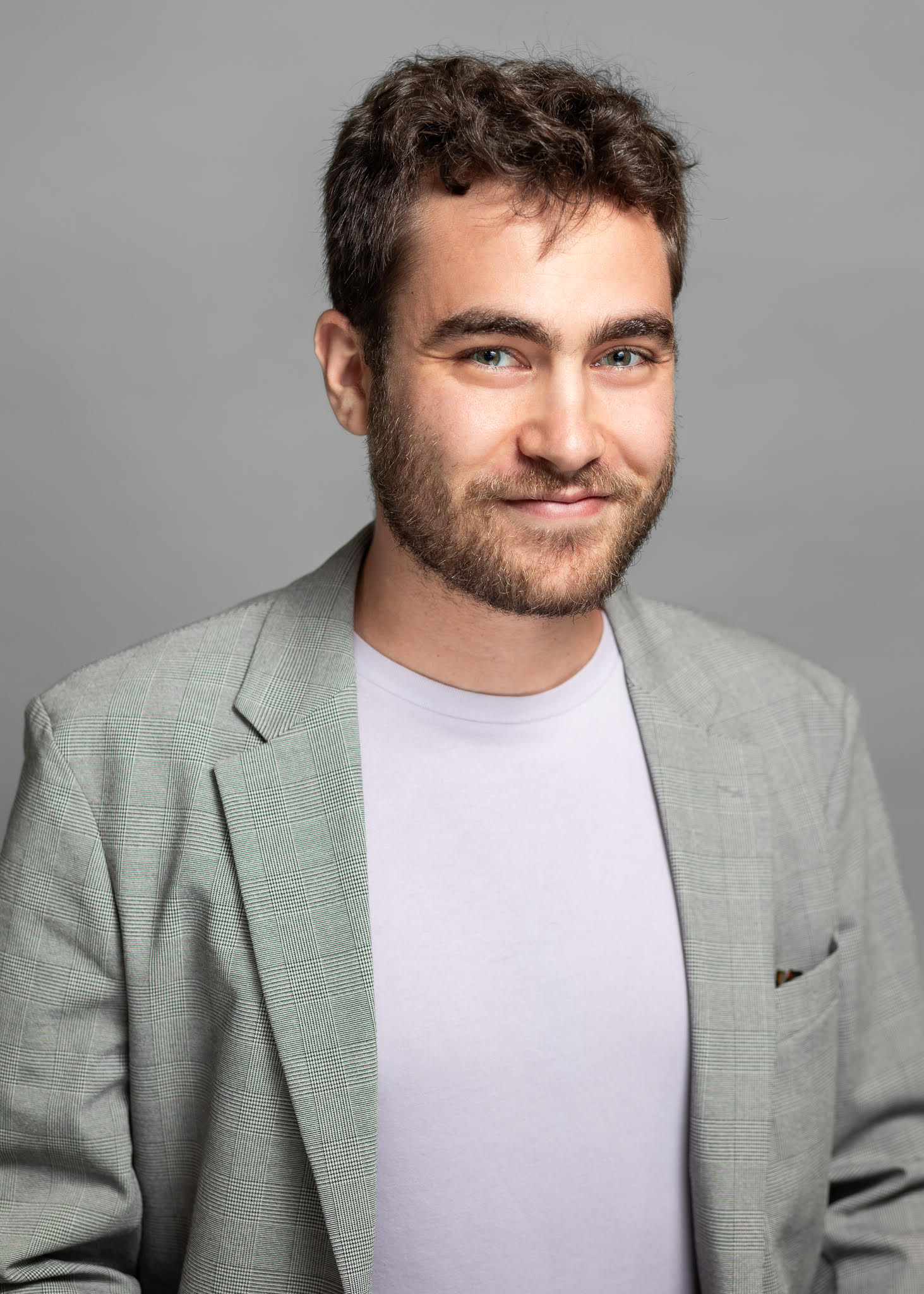There are few hard and fast rules in the study of life, but perhaps the closest we get is the central dogma of molecular biology: DNA is transcribed to RNA, which gets translated into proteins. The instructions for building those proteins are written into DNA through sequences of 61 three-nucleotide codons that correspond to 20 canonical amino acids.
But because biology is so flexible, that genetic code is sometimes tweaked to add additional amino acids into select proteins. It turns out that some archaea, microorganisms distinct from bacteria and eukaryotes, have gone one step further. A research team led by Veronika Kivenson and Jill Banfield at the University of California, Berkeley, has found multiple lineages of archaea that have fully repurposed the TAG stop codon to encode the noncanonical amino acid pyrrolysine (Science 2025, DOI: 10.1126/science.adu2404). That repurposing has created a distinct genetic code with 62 sense codons encoding 21 amino acids, the researchers say.
Pyrrolysine is an important component of methyltransferase enzymes, which the archaea use to metabolize methylamine in the environment. “The need for that metabolism and availability of the machinery to use pyrrolysine apparently drove the broad adoption of the new code,” Kivenson and Banfield say via email.
The pair say that “the specific pattern of *which* archaea have an alternative genetic code points to the fact that this alternative genetic code has arisen multiple times – this means that the genetic code – the really fundamental core of biology – has more tolerance to change than previously thought.”
Beyond evolutionary implications, the work also has synthetic biologists excited. Jeffery M. Tharp, a chemical and synthetic biologist at Indiana University who studies noncanonical amino acids and genetic code expansion, says that pyrrolysine transfer RNA (tRNA) synthetase from these archaea could also be used to install other unnatural amino acids into proteins. “And the idea is that that will allow us to produce new materials with completely unprecedented properties.”
Tharp also says that dream is still a long way off but that the new work is “an exciting step towards that.”
Max Barnhart is an assistant editor and life sciences reporter at C&EN.
Chemical & Engineering News
ISSN 0009-2347
Copyright ©
2025 American Chemical Society


